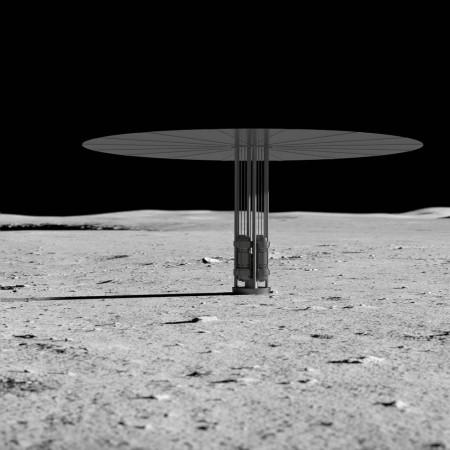
NASA has completed the building and testing of a compact nuclear fission reactor that can be packed into a spaceship for future space exploration and travel. It is called Kilopower Reactor Using Stirling Technology (KRUSTY). One reactor can produce enough power to run several average houses for up to 10 years.
Krusty has been under development for a few years now and extensive testing started in November of 2017, reports NASA. The system was put through the paces and the space agency said that the generator is safe to carry on board into space. "Safe, efficient and plentiful energy will be the key to future robotic and human exploration," said Jim Reuter, NASA's acting associate administrator for the Space Technology Mission Directorate (STMD) in Washington. "I expect the Kilopower project to be an essential part of lunar and Mars power architectures as they evolve."
Krusty can provide about 10 kilowatts of power and the report says that four such systems will be sufficient to establish an outpost off-Earth. "Kilopower gives us the ability to do much higher power missions, and to explore the shadowed craters of the Moon," said Marc Gibson, lead Kilopower engineer at Glenn. "When we start sending astronauts for long stays on the Moon and to other planets, that's going to require a new class of power that we've never needed before."
The power plant uses a solid, cast, uranium-235 reactor core, notes the report. The core itself will only be as big as a roll of paper towels. Passive sodium heat transfer pipes will carry heat from the reactor to stirling engines which will generate power, explains NASA.
This project came as a result of collaboration between NASA and the Department of Energy's National Nuclear Security Administration (NNSA). David Poston, the chief reactor designer at NNSA's Los Alamos National Laboratory spoke of why the experiments on the reactor were conducted out in the Nevadan desert. It was a two-fold effort, notes the report- first, they needed to prove that this system actually works, and second, Krusty should be stable enough to take extensive abuse in any kind of harsh environment.
"We threw everything we could at this reactor, in terms of nominal and off-normal operating scenarios and Krusty passed with flying colors," said Poston.














